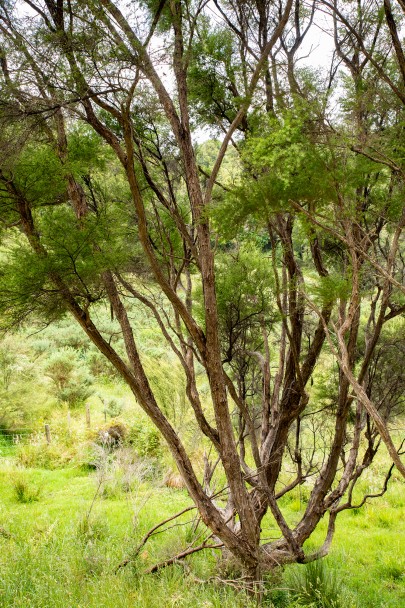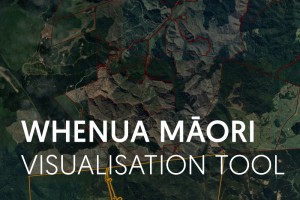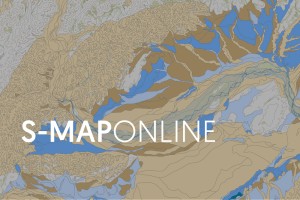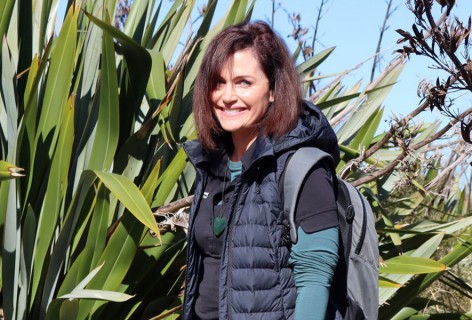Hikurangi Bioactives Limited Partnership (HBLP) is a majority community-owned entrepreneurial enterprise, set up to create economic opportunities for the communities of the Waiapū valley in the North Island. It is currently working with 14 Māori landowners to commercialise the bioactives in taonga species.

Kānuka trees
Kānuka oil is the first product in the commercialisation pipeline, with a phase-two clinical trial of a kānuka oil cream recently showing excellent results in the treatment of eczema.
The Māori directors, staff and partners in HBLP and the Hikurangi Group predominantly identify as Ngāti Porou. Their activities are focused on the rōhe of Ngāti Porou.
From macadamia, kānuka, sheep farming and even blueberries under cover – the enterprise is rich with thriving resources and the potential to work with the whenua in ways that deliver to landowner aspirations.
Manaaki Whenua kaihautū Māori research impact leader Dr Nikki Harcourt has worked closely with Māori in the region to understand their ambitions, then worked to uncover the characteristics of their land to help kaitiaki make decisions that will ensure good biodiversity on the land.
“There is a critical need for Māori communities in the Waiapū valley to feel connected to the science and innovation system.
“In kaupapa Māori methods, knowledge sharing is most effective when skilled experts work alongside communities, and landowners/hapū can learn – and be motivated to use – scientific skills and processes.”
Nikki and her team have achieved this using Manaaki Whenua tools such as S-map and WhenuaViz.
S-map is designed to help landowners understand soil type – its depth, stoniness, texture, and its capacity to hold water, and WhenuaViz is a visualisation tool for Māori landowners to access biophysical information about their whenua.
“Our core kaupapa is giving whakamana (empowerment) back to Māori landowners.
“We gather the data that they want, and for their purposes so they can achieve success for their land and for their people.”
Kānuka thriving
The land on the east coast north of Gisborne is heavily eroded after much of the native bush was cleared for forestry and farming in the early twentieth century. However, tracts of kānuka have re-established on the land blocks and the plant is now prolific across the region.
“Kānuka is a pioneer plant. It helps stabilise the ground which is critical to stopping erosion. In a kānuka-dominated ecosystem, communities of plants, soil life, insects and birds encourage more permanent, mixed native forest and gradually restore the land to its original health,” says Nikki.
This has allowed landowners to embrace kānuka as an environmental asset and economic opportunity, making it a useful crop in areas where nothing else will grow. In addition, working with HBLP, Manaaki Whenua has helped farmers in the Waiapū Valley set up a team to investigate using kānuka as a natural health product.
HBLP co-founder Manu Caddie says that partnering with Manaaki Whenua has been critical in understanding and beginning to realise the potential of kānuka products for Māori.
“As well as the scientific tools and knowledge that this relationship has made available to us and landowners, we have benefited from the credibility that Manaaki Whenua brings in our discussions with funders and scientists.”


